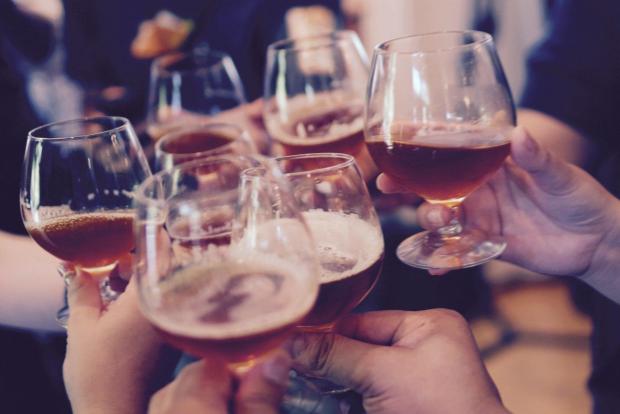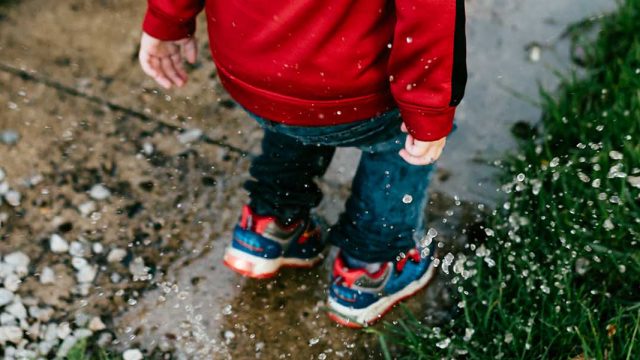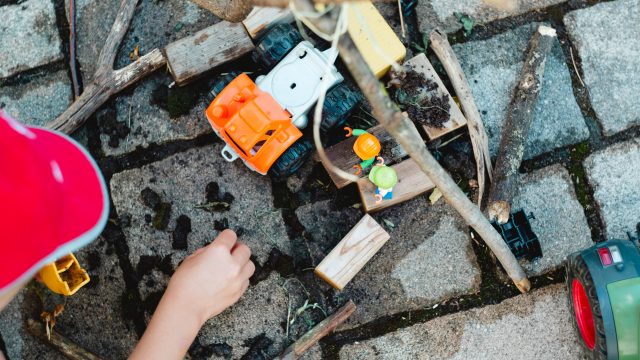It’s 2am. The phone screen lights up your face as you lie scrolling in bed. Has it been 2 hours? 3? You know you’ll pay for this tomorrow and you only have a few hours until you have to be up for work. But you keep going, still feeling unsatisfied.
It’s been a bad day at work. You feel stressed to the point of confusion and despair. ‘What am I doing here?’ feels like your daily mantra. Opening your apartment door, you see your pipe on the table and feel immediate relief. That first hit feels good, but each one after that less so. Your partner comes home, gives you a look and goes right to their room.
Meeting up for lunchtime drinks has been the norm for years. But lately it’s become more like 3 or 4 drinks, and late afternoons feel like a wash. It’s so fun to get together, be loud with the crew and drink, but part of you wonders if it’s starting to get old.
These are just a few examples of the roles that substances and addictions can play in our lives.
Life is characterized by highs and lows. The high of the birthday party, the low of a beloved pet dying. Throughout these experiences our brain chemistry brings us up & down, typically evening out to a range of homeostasis, or relative stability. But what happens when we continually chase the highs, sacrificing the rest of life in order to ‘feel good’? Things can get out of hand, very quickly.
Understanding addiction involves exploring a biochemical, psychological and sociological process that interconnects intimately with who we are. Physiologically, when we take enough of a drug, we experience intoxication, a combination of our unique brain chemistry and the drug’s properties (1). The high, and the expectation of this good feeling, are part of what keeps people coming back for more. Afterwards, when the drug begins to seep out of our tissues, we experience withdrawal, or a crash. This can influence mood, sleep, energy levels, physical state and many other aspects of our being. Taking a drug again and again can result in tolerance, which is where we need more over time to achieve the desired effect of intoxication (3). Tolerance is our brain’s attempt at over correcting. Our natural brain chemicals that help us feel alive, connected and good can diminish over time with drug use, and then we become physically dependent on drugs to feel good at all.
I’m using the term ‘substance’ and ‘drug’ here, but addictions can be behavioral, or process-oriented as well, such as addiction to technology, work, devices, porn, exercise, and many other things. Although behavioral addiction such as these are not yet included in the DSM V, many experts in the field see them as falling on a similar continuum to substance related addictions (4). According to the National Institute on Drug Abuse (NIDA), addiction is a “chronic, relapsing brain disease that is characterized by compulsive drug seeking and use, despite harmful consequences” (2). If someone is engaging frequently in a behavior that is difficult to stop, and causes issues in their lives, it might be helpful to view this through an addiction lens.
Gabor Maté, a renowned physician who works with people suffering from addiction, would say that people who continually reach for substances to a problematic extent have a neurobiological predisposition to do so (6). In his book, In the Realm of Hungry Ghosts (2010), Dr. Mate makes the point that substances themselves are not solely to blame for people becoming addicted, although certainly some substances are more likely to be in this role than others, based on their chemical make-up. A stronger predictor of addictive behaviors are Adverse Childhood Experiences, or ACEs. These include but are not limited to stressful or traumatic events like abuse and neglect occurring during childhood. In terms of addictions, people with high ACE scores tend to start using earlier, they have a higher risk of developing mental health and substance use disorders, and higher self-reported addiction, among many other negative health outcomes (5). Those who have had a number of ACEs, and insufficient intervention, will have different brain chemistry, and potentially fewer receptors for important neurotransmitters in the brain (5). Drugs can often fill these voids for people. Knowing that those with worse early experiences are more likely to become addicted, we might guess at what they are seeking: safety, comfort, and belonging to name a few. One client of Dr. Maté’s commented that taking heroin for the first time felt like a warm, soft hug (6).
The ACEs study gives a view into the souls of people struggling with addiction, and will hopefully at a societal level lead to more understanding and less judgement. The stigma around addiction is strong, and if we could move past our cultural habit of shaming addicts for their addictions, we might begin to find more solutions. Our society typically views people who are addicted to substances in a negative and blaming light. People who suffer from addiction often feel this disdain and can take it on themselves in the form of internalized stigma, which has additional negative health consequences. Research shows, however, that becoming addicted is not a personal failing or flaw. Addiction can result from specific genetic and environmental conditions, such as early abuse, and a paradigm that blames the individual misses the opportunity to address these important issues (5). A more helpful view begins with seeing people suffering with addiction as humans trying their best to cope with difficult circumstances. Coming from a judgmental paradigm blinds us to the fact that people can be helped, and that the conditions that contribute to addiction can be addressed (7). Shifting our curiosity from “what’s wrong with you?” to “what happened to you?” might be a first step (6).
On a personal level, moving towards healing an addiction can involve an understanding of the past, and a cultivation of mindful awareness of the present. First steps might involve taking the ACEs questionnaire, which is freely available online (8) and having a discussion with someone close, or a therapist, about areas of past hurt or trauma. Seeing these clearly and understanding the connection to current substance use patterns as a coping mechanism is a helpful starting point for this inquiry. Another step is to begin noticing triggers around using a substance or engaging in a behavior. What’s happening right before you reach for this thing, or substance? Are boredom, rejection, or overwhelm triggering experiences for you? If so, it might be fruitful to explore these using mindfulness or with the help of a therapist. What messages do you tell yourself about why you engage in this behavior? As a challenge, try to study your own process of using a substance, as if you are an objective observer. For example, noticing that the first sip of alcohol relieves anxiety just a bit is a valuable nugget of information about how you are organized. Engaging in this self-inquiry with kindness might lead you to gain insight into the origins of your behavior.
The world of addictions is large and ever changing. Deepening our understanding of this complex process can help us develop compassion for ourselves, and our fellow humans. Thanks for coming along on this inquiry with me.
Sources:
- Yue, Carole. (2020) Khan Academy. Creative Commons Attribution. https://www.khanacademy.org/science/in-in-class-12-biology-india/xc09ed98f7a9e671b:in-in-human-health-and-disease/xc09ed98f7a9e671b:in-in-addiction-and-dependence/v/tolerance-and-withdrawal
- David, Susan L., M.P.H, Robertson, Elizabeth B., Ph.D., and Rao, Suman A., Ph.D. National Institute on Drug Abuse. (2003). Preventing Drug Use among Children and Adolescents: A Research-Based Guide for Parents, Educators, and Community Leaders. https://www.drugabuse.gov/sites/default/files/preventingdruguse_2.pdf
- Understanding Tolerance, Dependence, and Addiction. Erik MacLaren, PhD. (2020). American Addiction Centers, Drugabuse.com. Url: https://drugabuse.com/addiction/.
- Diagnostic and Statistical Manual of Mental Disorders (5th ed.). (2013). American Psychiatric Association. Arlington, VA.
- The Role of Adverse Childhood Experiences in Substance Misuse and Related Behavioral Health Problems. (2019). SAMHSA’s center for the application of prevention technologies. Url: https://mnprc.org/wp-content/uploads/2019/01/aces-behavioral-health-problems.pdf
- Mate, G. (2010) In the Realm of Hungry Ghosts. North Atlantic Books, Berkeley, CA.
- Preventing Adverse Childhood Experiences: Leveraging the Best Available Evidence. (2019). Centers for Disease Control and Prevention Atlanta, GA: National Center for Injury Prevention and Control, Centers for Disease Control and Prevention. Url: https://www.cdc.gov/violenceprevention/pdf/preventingACES.pdf.
- Got your ACE Score? (2020) Aces Too High News. Url: https://acestoohigh.com/got-your-ace-score/.





